Indian National Flag: What every Indian citizen must know

Introducing the ‘Har Ghar Tiranga’ movement to the countrymen on July 22, Modi said 75 years back, it was on this day that the country adopted its present national flag, “Today, we recall the monumental courage and efforts of all those who dreamt of a flag for free India when we were fighting colonial rule. We reiterate our commitment to fulfil their vision and build the India of their dreams."
While every home in the country enthusiastically prepares to hoist the national flag to honour the country, Business Insider answers some of the frequently asked questions about the dos and don'ts associated with the Indian National Flag.
Are there any legal instructions to guide the use of the Indian National Flag?
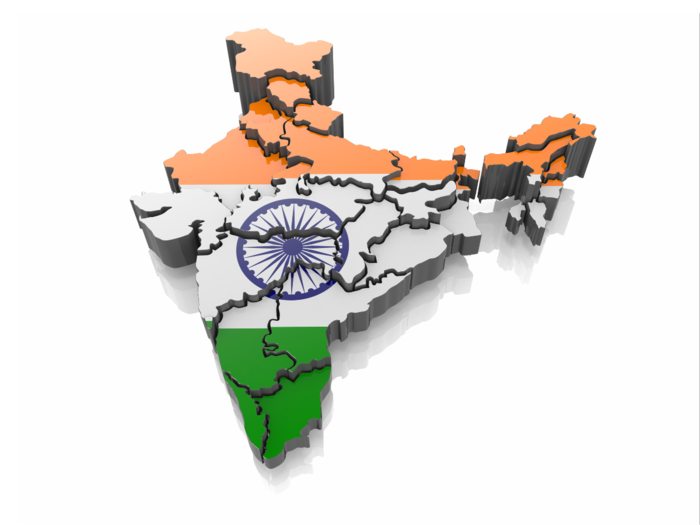
The official legal instructions that guide the use of the Indian National Flag include the ‘Flag Code of India, 2002’ and the Prevention of Insults to National Honour Act, 1971.
The flag code of India consolidates all instructions, laws, practices and conventions connected to the display of the National Flag. The Code. which came into effect on January 26, 2002, instructs how private, public and government institutions must display the National Flag.
Which materials are allowed in the making of the Indian National Flag?
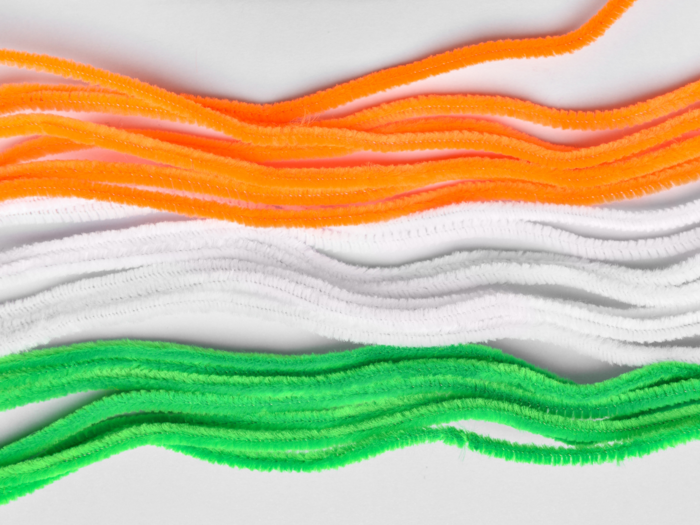
The Flag Code of India, 2002 was amended on December 30, 2021, which allowed the use of polyester or machine-made flags. Thus, the National Flag can now be made in cotton, polyester, wool, silk or khadi. It can be woven by hand or made by a machine.
What is the appropriate size and ratio of the National Flag?
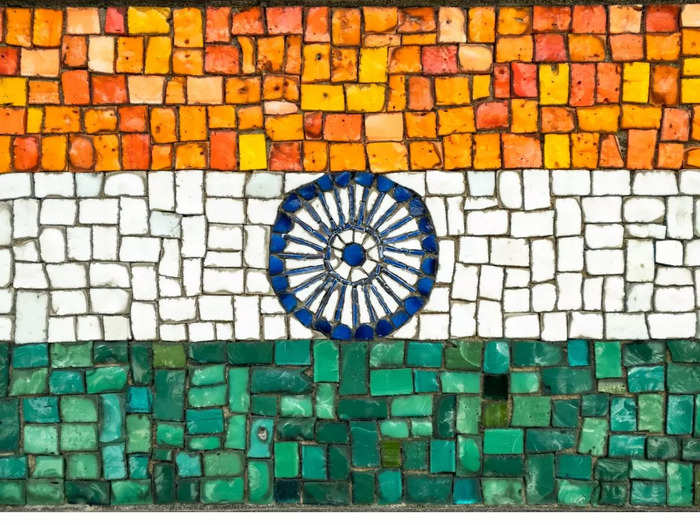
The Indian National flag can be of any size. However, the shape must be strictly rectangular, with the length to height ratio fixed at 3:2.
Can the National Flag be displayed at homes?
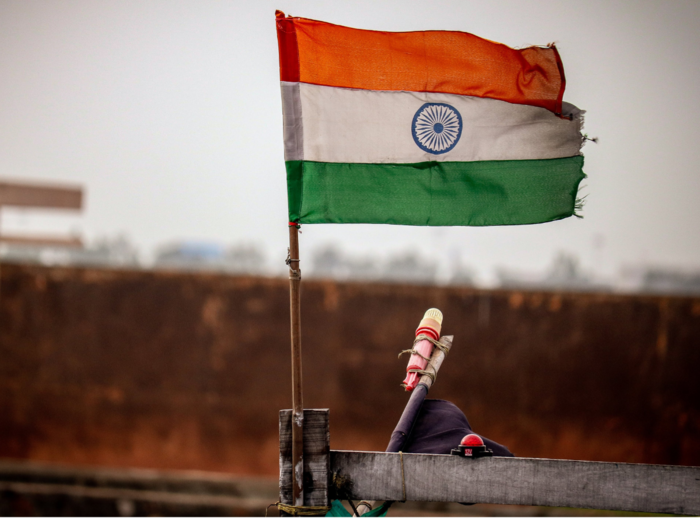
As per the Flag Code of India, any individual, educational institution, private or public organisation can hoist or display the National Flag on any day or occasion. However, the due honour and dignity of the National Flag must be protected in every case by following the instructions closely.
Is there any time to fly the National Flag?
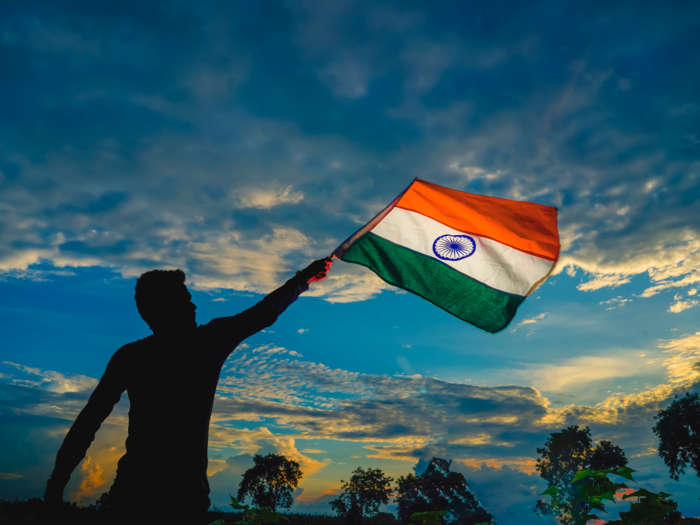
An amendment of the Flag Code of India, 2002 made on July 20, 2022, has declared, “Where the flag is displayed in open or displayed on the house of a member of public, it may be flown day and night”.
How must the Indian National Flag be displayed?
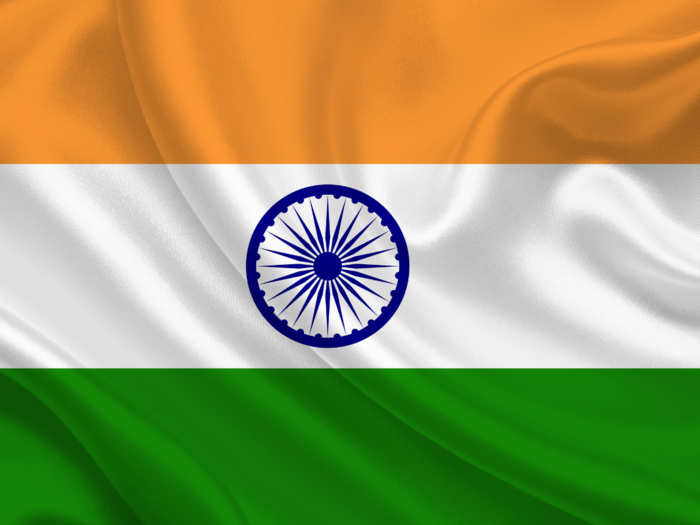
- While displaying the Indian National Flag, it must occupy an honourable position and must be placed distinctly.
- The National Flag must never be displayed in an inverted manner, i.e. the saffron band must always be at the top.
- An untidy or damaged National Flag must never be displayed.
- Dipping the National Flag in offering salute to any person or thing is prohibited.
- No other flag or bunting can be placed in a position higher than the National Flag. No objects like flowers, garlands, or emblems can be placed on or above the flag mast in which the National Flag is flown.
- The National Flag must not be used as a rosette, bunting, festoon, or in any other form for the purpose of decoration.
- The National Flag must never be let to touch the floor or the ground or trail in the water.
- The National Flag must not be fastened or displayed in any way that might cause damage to it.
- No other flag or festoon can be flown along with the National Flag from the same masthead from which the National Flag is flown.
- The National Flag must not be used to cover or drape a speaker’s desk or platform.
What are the rules that prevent any insult to the Indian National Flag?
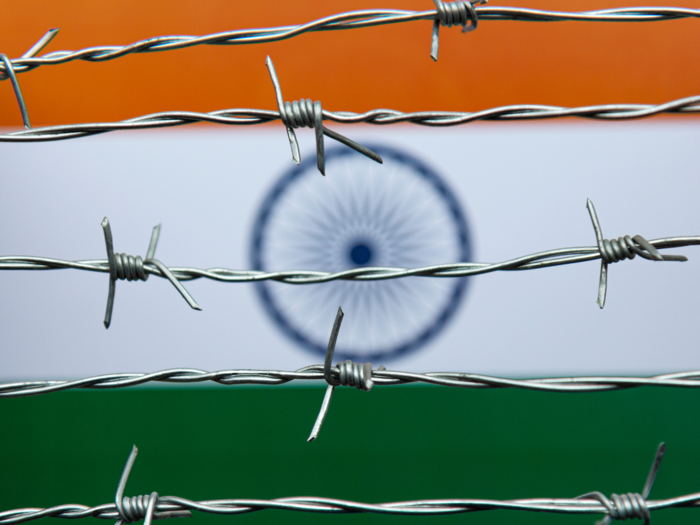
Section 2 of the Prevention of Insults to National Honour Act, 1971 gives the following instructions for preventing insult to the Indian National Flag.
- The Indian National Flag must not be used as a kind of drapery in any form, which will also include using it in private funerals.
- The National Flag must not be used as a part of any costume or uniform or accessory of any king, which is worn below the waist of any person. It must never be embroidered or printed on napkins, undergarments, dress materials or handkerchiefs.
- No lettering must be done on the National Flag.
- The National Flag must never be used to deliver, receive or wrap things.
- It must not be used to cover the back, sides or top of any vehicle.
What is the right way to display the National Flag?
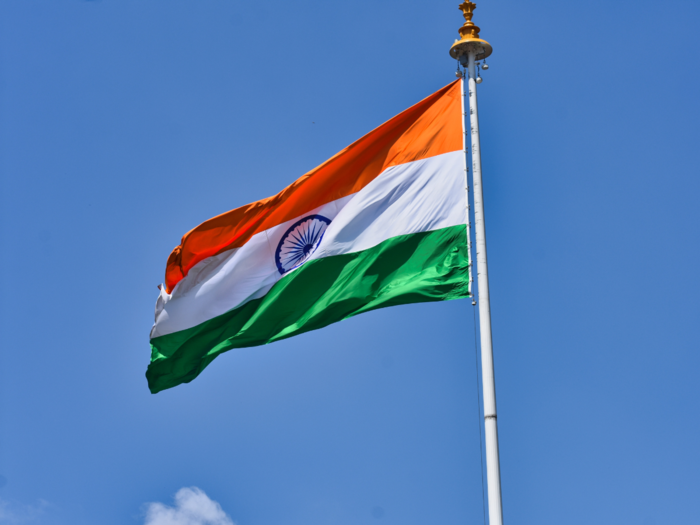
- If the National Flag is flown on public buildings, it must be flown from sunrise to sunset on all days, irrespective of the weather conditions.
- While hoisting the flag, the movement must be brisk and while lowering it, the movement must be slow.
- While displaying the national flag horizontally on a wall, the saffron band must be on top and while displaying it vertically, the saffron band must be on the right side with reference to the flag and to the left side with reference to the person facing it.
- If the flag has to be displayed from a staff that is projected horizontally or at an angle, the saffron band must be at the farther end of the staff.
When and how must the Indian flag be flown at half-mast?
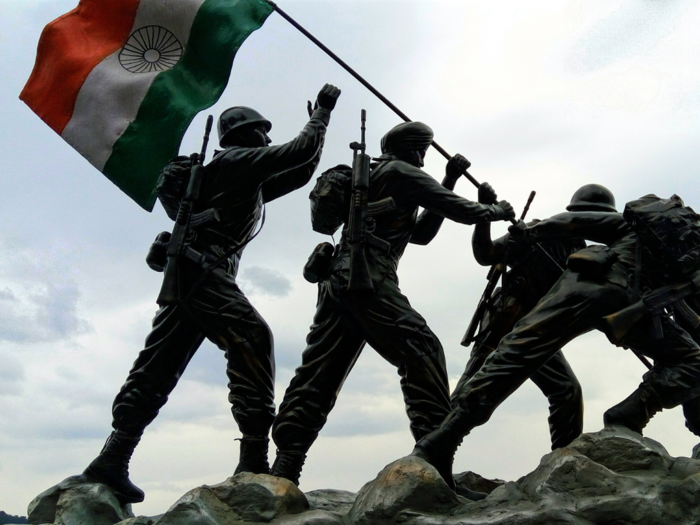
The National Flag must never be flown at half-mast except on the occasions instructed by the Government of India. When flying it half-mast, it must be first hoisted to the top of the staff and then lowered to the half-mast position. Before lowering it at the end of the day, it must be hoisted to the peak of the staff once again.
Can any individual display the National Flag on their vehicle?
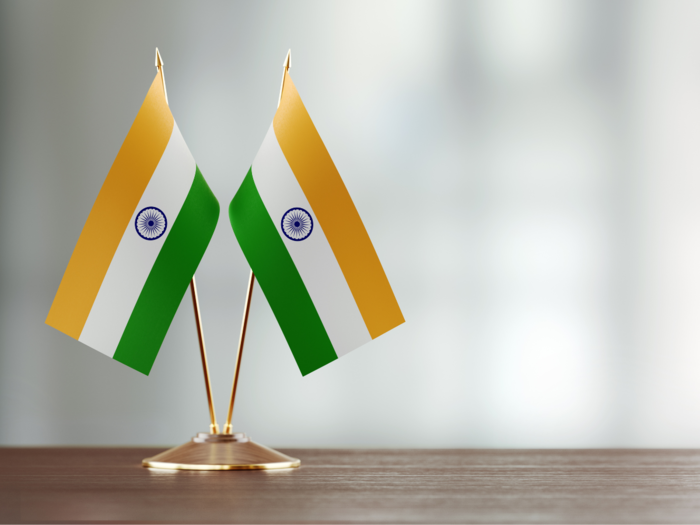
The privilege of displaying the National Flag on motor cars is limited only to the persons of the designations including the President, Vice-President, Governors, Chief Justice of India, Supreme Court Judges, Chief Justice of High Courts, Judges of High Courts, Heads of Indian Missions, Cabinet Ministers, Ministers of State, Union level Deputy Ministers, Cabinet Minister of a State or Union Territory, Chief Minister of a state, Lok Sabha Speaker, Deputy Chairman of Rajya Sabha, Deputy Speaker of Lok Sabha, Chairman of State Legislative Councils, Speakers of the state and union territory Legislative Assemblies, Deputy Chairman of Legislative Council in States, Deputy Speakers of Legislative Assemblies in States and Union Territories.
How must the Indian Flag be displayed with the flags of other countries?
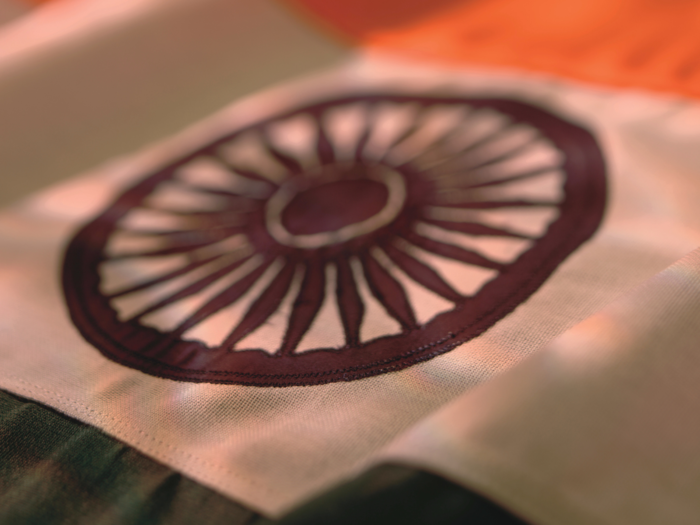
- While displaying the National Flag in straight line with the flags of other nations, the National Flag must be on the extreme right side. The flags of other countries must be arranged in the alphabetical order.
- If the flags are flown in a circle formation, the National Flag must be flown first and the flowing of other flags can continue in a clockwise fashion.
- While flying the National Flag along with those of other nations, the flag masts must all be of the same size.
- If the National Flag has to be displayed from crossed staff, the National Flag must be on the right and its staff must be in front of the other flag.
What is the right way to dispose of the National Flag?
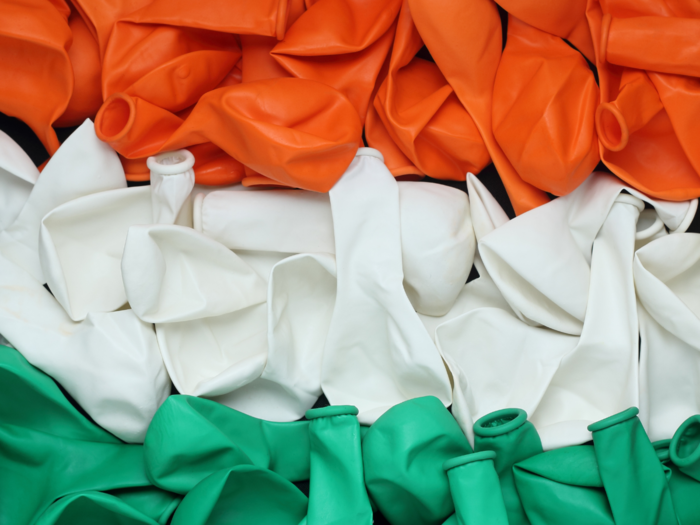
When the National Flag is damaged, it must be destroyed in whole in private, either by burning or in any other method that will give due regard to its dignity.
National Flags made of paper must not be discarded on the ground after being waved by the general public. They must be discarded privately with due regard to its dignity.
READ MORE ARTICLES ON
Popular Right Now
Advertisement